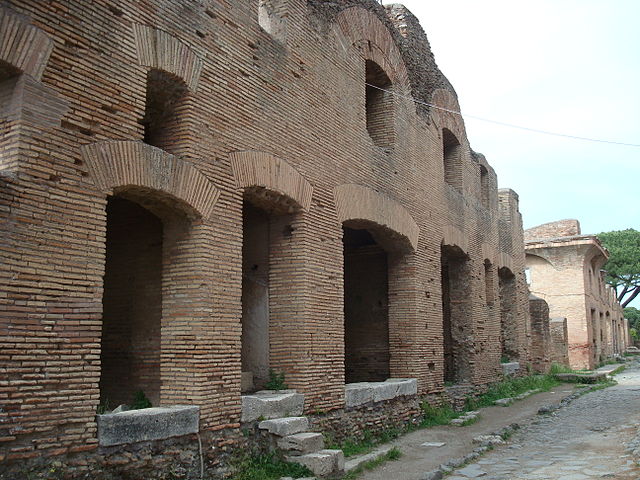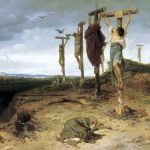The latest research of scientists has made it possible to get to know the health of the inhabitants of the Roman Empire even better. This time, the researchers carried out an analysis of children’s remains, buried in various Roman cemeteries of Europe – from northern England to southern Spain.
In total, 2787 skeletons from 18 different cemeteries were used in the study. To their surprise, one in twenty children who died (between the 1st and 6th century AD) had traces of rickets and extremely weak bones, which resulted from the lack of adequate vitamin D. This vitamin is made in the body when the skin is exposed to sunlight. It helps, among others in the proper functioning of the digestive system and the absorption of calcium and phosphorus into the body. Both elements are involved in the building of the skeleton, and the lack of adequate amount of vitamin D in the body leads to weakening of the bones and deformation.
Scientists believe that northern Europe has much weaker sunlight than in the south, which can lead to inadequate absorption of vitamin D. What’s more, parents protected children from cold, mainly keeping them in homes, and therefore less sunlight acted on the skin.
By comparison, children living in the Mediterranean were more likely to be outside and in the stronger sun, and therefore had a stronger skeleton. On the other hand, children living in larger Roman centers, where there were insulae and narrow streets. An example is children’s bones discovered in Ostia.
The Greek philosopher – Soranus – and I-II-century physician have already noticed the deformations in the bones of children. As he noted, much more serious health problems were complained about in Rome than in Greece.








